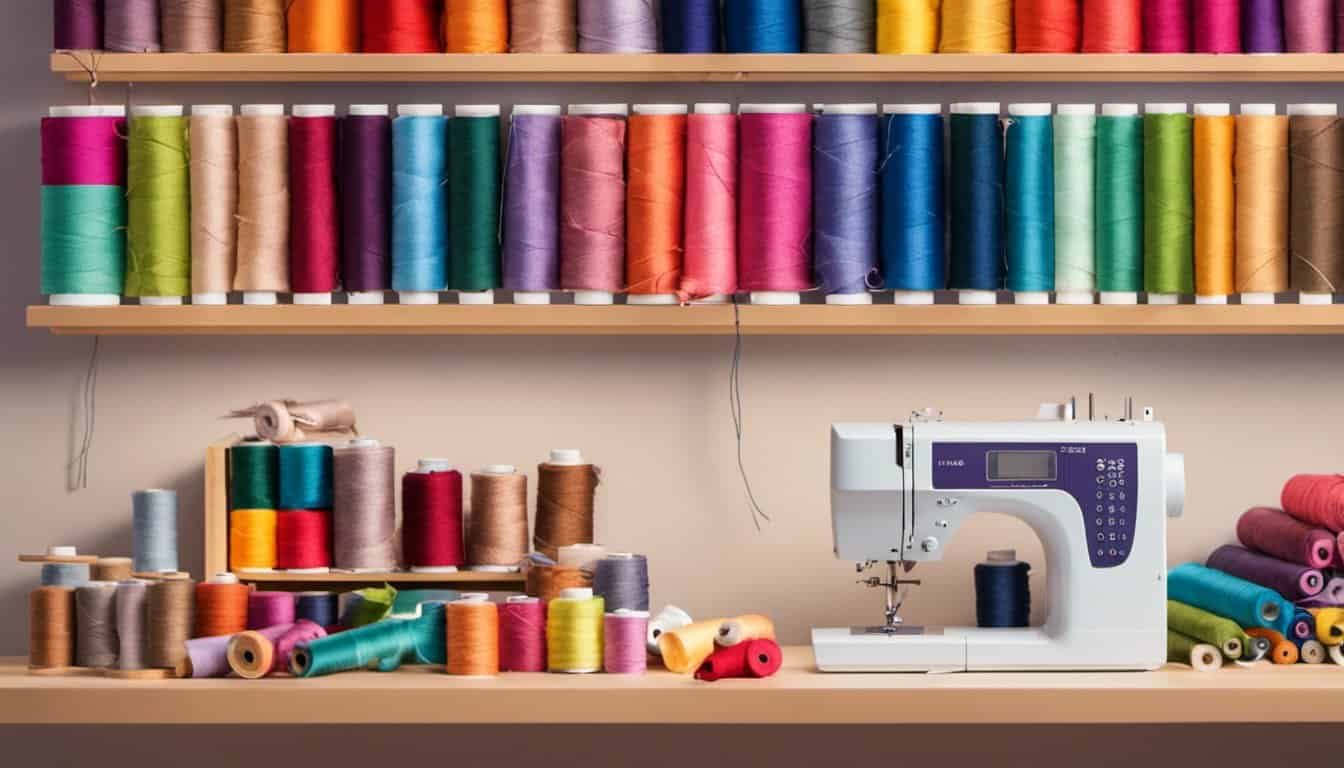Sewing can be a fun and creative adventure, and mastering different seams opens up endless possibilities. One of my favorites is the mock flat fell seam. It’s elegant yet surprisingly easy to sew, making it perfect for a variety of projects.
I remember the first time I tried this seam—it transformed a simple piece of fabric into something polished and professional. Whether you’re a beginner or have some sewing experience, I’ll guide you through each step so you can achieve beautiful results every time.
What Is a Mock Flat Fell Seam
A mock flat fell seam is a versatile stitching technique used to create strong, clean edges in fabric projects. It mimics the appearance of a flat fell seam but requires fewer steps, making it ideal for beginners and experienced sewists alike. This seam involves folding the fabric edges and stitching them together with visible topstitching on the right side, providing a durable and professional finish.
Key characteristics of a mock flat fell seam include:
- Folded Edges: Both fabric pieces are folded towards the wrong side, enclosing the raw edges.
- Topstitching: Visible stitches on the right side enhance the seam’s strength and aesthetics.
- Double Layers: The seam encloses raw edges between two layers, preventing fraying.
- Reinforced Stitching: Multiple rows of stitching add durability to high-stress areas.
Mock flat fell seams are commonly used in denim garments, workwear, and quilting projects due to their robust construction. They provide a polished look without the complexity of traditional flat fell seams, allowing for clean, durable finishes in various fabric types.
Materials Needed
To successfully sew a mock flat fell seam, gather the following materials and tools.
Fabric Selection
Choose fabrics that benefit from clean, strong seams. Suitable options include:
- Denim: Durable for jeans and jackets.
- Cotton: Ideal for shirts and casual wear.
- Canvas: Perfect for bags and sturdy garments.
- Quilting Cotton: Great for quilting projects needing neat edges.
Ensure your fabric is pre-washed to prevent shrinkage and has some weight for durability.
Tools Required
Equip your sewing workspace with these essential tools:
- Sewing Machine: Preferably one with a straight stitch option.
- Thread: High-quality polyester or cotton thread for strength.
- Scissors: Sharp fabric scissors for precise cutting.
- Pins or Clips: To hold fabric layers securely.
- Measuring Tape: For accurate seam measurements.
- Iron and Ironing Board: To press seams flat during construction.
- Seam Ripper: Handy for correcting mistakes efficiently.
Having these tools on hand ensures a smooth and efficient sewing process for your mock flat fell seam.
Step-by-Step Instructions
Here’s how I sew a mock flat fell seam with ease.
Preparing the Fabric
- Measure and Mark: I measure the fabric pieces accurately, marking a 1/4-inch seam allowance with a fabric pencil.
- Press the Fabric: I iron each piece to eliminate wrinkles, ensuring a smooth surface for stitching.
- Fold the Edges: I fold the raw edges inward, enclosing them completely, and secure with pins or clips.
Sewing the Seam
- Set Up the Sewing Machine: I select a straight stitch and adjust the tension based on the fabric type.
- Sew the First Layer: I stitch close to the folded edge, maintaining an even distance to create topstitching.
- Sew the Second Layer: I stitch over the folded edge again, reinforcing the seam for added durability.
Finishing the Seam
- Press the Seam: I press the seam flat with an iron, enhancing its professional appearance.
- Topstitch for Strength: I add visible topstitching parallel to the seam to secure it further and add visual appeal.
- Inspect and Adjust: I check the seam for loose threads or inconsistencies, making adjustments for a flawless finish.
Tips and Techniques
Mastering the mock flat fell seam requires attention to detail and practice. Here are key strategies to enhance your sewing process.
Achieving a Neat Finish
Press seams thoroughly after each step to ensure crisp lines. Use a sharp iron set to the appropriate heat for your fabric type. Trim seam allowances precisely to 1/4 inch to prevent bulk. Topstitch close to the edge, maintaining even spacing for a professional look. Reinforce high-stress areas with additional stitches to enhance durability.
Maintaining Consistency
Measure twice to keep seam allowances uniform throughout your project. Use fabric clips instead of pins to avoid shifting layers. Select a consistent stitch length and tension on your sewing machine for even stitching. Mark seams accurately with tailor’s chalk to guide your sewing path. Regularly check alignment by pressing seams flat before stitching.

Common Mistakes to Avoid
- Inconsistent Seam Allowances
Keeping seam allowances uniform ensures seamless edges. Varying measurements cause uneven seams, weakening the seam’s structure and appearance.
- Insufficient Pressing
Pressing each step firmly maintains accuracy. Without proper pressing, seams may wrinkle or shift, leading to a disorganized finish.
- Incorrect Stitch Length
Choosing the wrong stitch length affects durability and look. A 3/8-inch stitch provides the necessary strength and a clean appearance for mock flat fell seams.
- Overlooking Seam Allowance Trimming
Failing to trim excess fabric causes bulkiness. Trimming seam allowances to 1/8-inch keeps seams flat and streamlined.
- Mismatched Topstitching
Inconsistent topstitching disrupts the seam’s symmetry. Ensure topstitch lines are parallel and evenly spaced for a polished result.
- Poor Edge Alignment
« You Won’t Believe These Tips on Picking the Right Needle for Your Sewing Machine
Unlock Flawless Projects: How to Sew a Continuous Bias Strip Easily »
Misaligning fabric edges results in crooked seams. Carefully align edges before stitching to achieve straight, professional-looking seams.
- Using Low-Quality Thread
Low-quality thread can lead to weak seams. Opt for high-strength polyester or cotton thread to enhance seam durability and finish.
- Skipping Seam Reinforcement
Not reinforcing seams in high-stress areas reduces their lifespan. Incorporate additional stitching where necessary to ensure longevity.
- Ignoring Fabric Grain
Sewing against the fabric grain causes distortion. Always align seams with the fabric’s grain to maintain shape and integrity.
- Rushing the Sewing Process
Moving too quickly increases the chance of errors. Take your time to ensure each step is precise, resulting in a flawless mock flat fell seam.

Conclusion
Working with the mock flat fell seam has truly enhanced my sewing projects. It’s satisfying to see clean and sturdy edges without the fuss of traditional methods. I hope you feel inspired to try it out and add a polished touch to your own creations. Enjoy the process and happy stitching! Embracing this technique not only boosts the look of your work but also builds your confidence in sewing. There’s something special about mastering a new skill and seeing the results in your finished pieces. Keep experimenting and have fun with your sewing adventures!

















